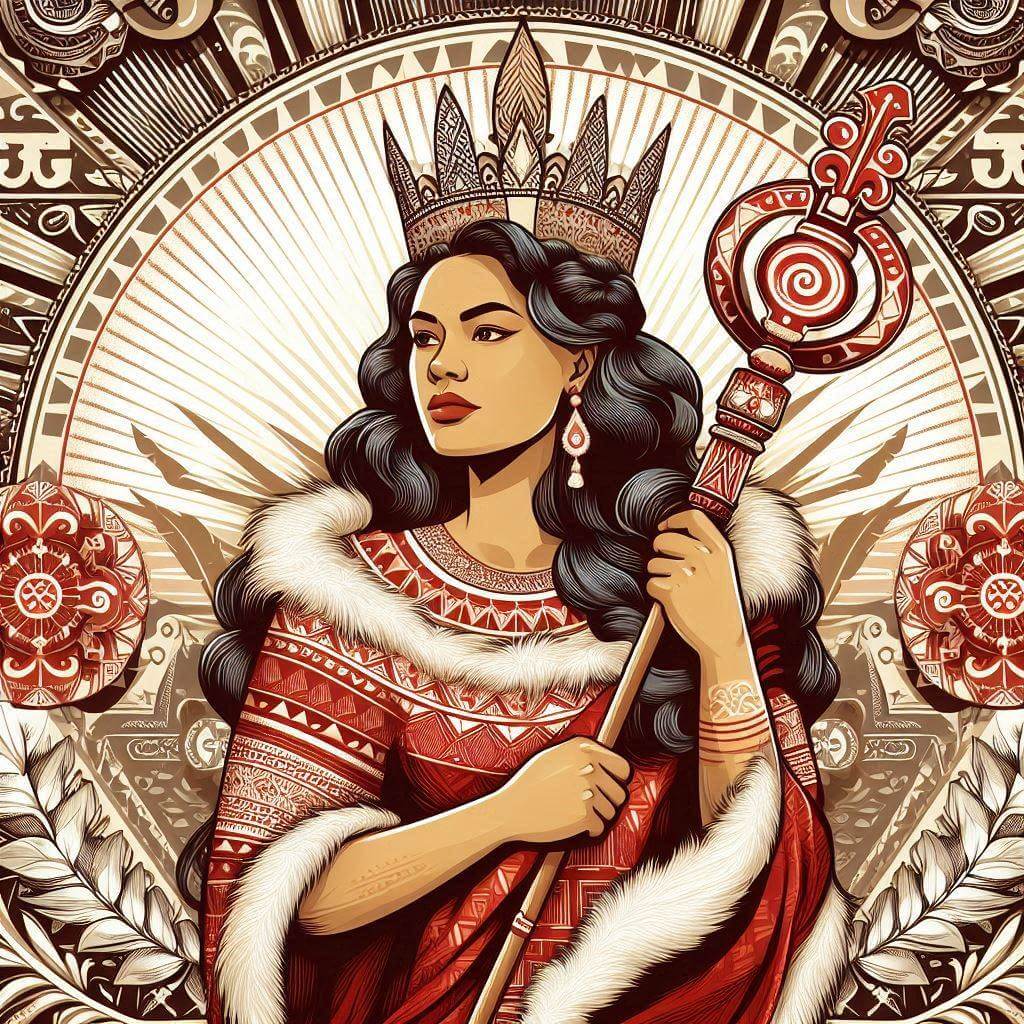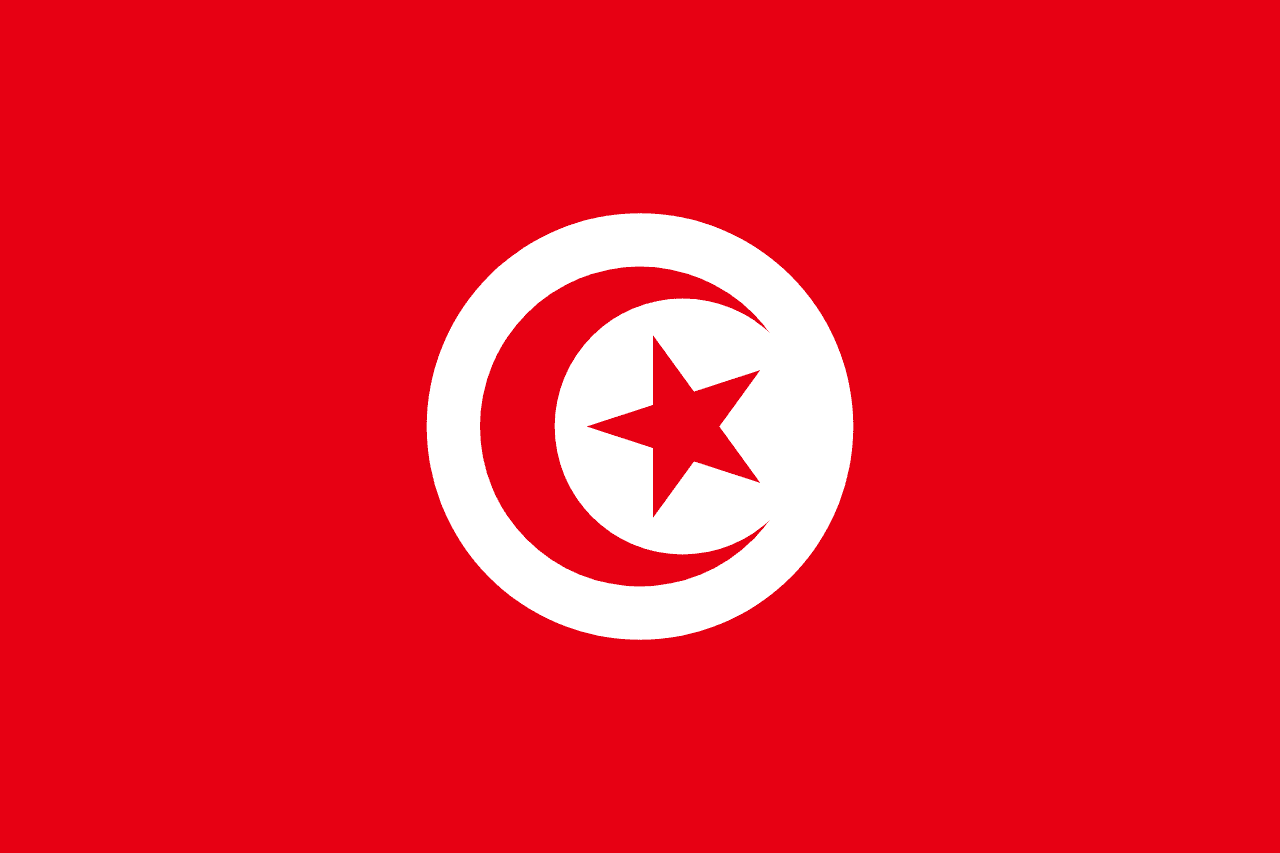La bandera de Tonga, conocida como la "Pulotu Tonga," presenta un diseño audaz y distintivo que consiste en un campo rojo con un rectángulo blanco en la esquina superior del lado del asta que contiene una cruz griega roja. Esta configuración única representa la fe cristiana de la nación, su herencia cultural y su estatus soberano.
Información sobre Tonga
| Día Nacional de la Bandera | 4 de noviembre |
| Estado soberano | Sí |
| Nombre oficial | Reino de Tonga |
| Capital | Nuku'alofa |
| Población | 105,695 |
| Área | 748 km² |
| Moneda | Pa'anga tongano (TOP) |
| Idioma | Tongano, Inglés |
| Continente | Oceanía |
| Región | Islas del Pacífico |
| Subregión | Polinesia |
| Fronteras | — |
| Zona horaria | Hora de Tonga (TOT) UTC+13 |
| Código de llamada | +676 |
| Dominio de nivel superior | .to |
Historia de la bandera de Tonga
 La bandera de Tonga fue adoptada oficialmente el 4 de noviembre de 1875, convirtiéndola en una de las banderas nacionales de uso continuo más antiguas del mundo. Su diseño fue conceptualizado por el Rey George Tupou I, quien buscó crear un símbolo que representara la fe cristiana y la independencia de Tonga. La bandera ha permanecido sin cambios desde su adopción, reflejando la estabilidad y continuidad de la monarquía y la cultura tonganas.
La bandera de Tonga fue adoptada oficialmente el 4 de noviembre de 1875, convirtiéndola en una de las banderas nacionales de uso continuo más antiguas del mundo. Su diseño fue conceptualizado por el Rey George Tupou I, quien buscó crear un símbolo que representara la fe cristiana y la independencia de Tonga. La bandera ha permanecido sin cambios desde su adopción, reflejando la estabilidad y continuidad de la monarquía y la cultura tonganas.
Simbolismo y diseño de la bandera de Tonga
Cada elemento de la bandera de Tonga tiene un profundo significado simbólico:
- El campo rojo simboliza la sangre de Cristo y el sacrificio hecho por la humanidad, reflejando la fuerte herencia cristiana de Tonga.
- El rectángulo blanco en la esquina superior del lado del asta representa la pureza y la virtud.
- La cruz griega roja dentro del rectángulo blanco simboliza el cristianismo, que juega un papel central en la sociedad y el gobierno de Tonga.
El diseño también se asemeja al Red Ensign británico, lo que puede haber influido en su creación, dado la relación histórica de Tonga con Gran Bretaña como estado protegido en lugar de colonia.
Uso y significado de la bandera de Tonga
 La bandera de Tonga es un poderoso símbolo de identidad y orgullo nacional. Se exhibe prominentemente en edificios gubernamentales, escuelas y durante celebraciones nacionales como el Día de la Emancipación (4 de junio) y el Día de la Constitución (4 de noviembre). La bandera sirve como un recordatorio del estatus único de Tonga como el único reino polinesio restante y su larga historia de independencia.
La bandera de Tonga es un poderoso símbolo de identidad y orgullo nacional. Se exhibe prominentemente en edificios gubernamentales, escuelas y durante celebraciones nacionales como el Día de la Emancipación (4 de junio) y el Día de la Constitución (4 de noviembre). La bandera sirve como un recordatorio del estatus único de Tonga como el único reino polinesio restante y su larga historia de independencia.
En contextos internacionales, la bandera de Tonga representa al país en eventos diplomáticos, reuniones de las Naciones Unidas y competiciones deportivas globales. Encapsula la soberanía de Tonga y su lugar en la comunidad de naciones.
Datos interesantes sobre la bandera de Tonga
- Tonga es conocida como las "Islas Amigables," un nombre dado por el Capitán James Cook debido a la cálida recepción que recibió allí en 1773.
- La bandera de Tonga es una de las pocas banderas nacionales que ha permanecido sin cambios durante más de un siglo, reflejando la estabilidad de la nación y su adhesión a la tradición.
- Las proporciones de la bandera de Tonga son 1:2, haciéndola ligeramente más larga que muchas otras banderas nacionales.
- El himno nacional de Tonga, "Ko e fasi 'o e tu'i 'o e 'Otu Tonga," es uno de los más antiguos del mundo, adoptado en 1874, antes de la adopción oficial de la bandera.
- La familia real tongana afirma descender de antiguos dioses polinesios, y el monarca tiene un estatus sagrado en la cultura tongana, lo que se refleja en la reverencia por símbolos nacionales como la bandera.





